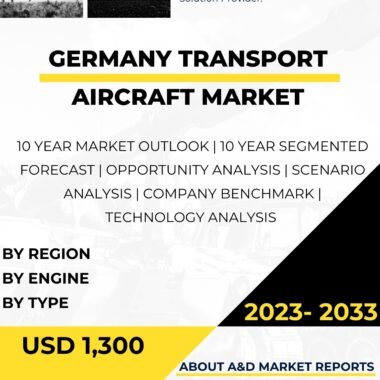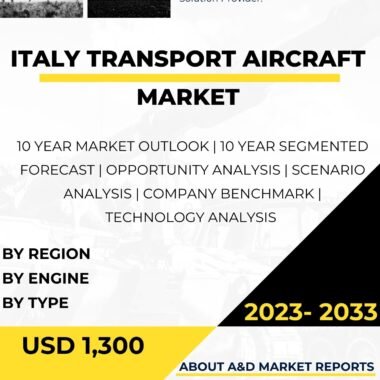Description
The Multirole Helicopter market in Malaysia has experienced significant growth and development in recent years, reflecting the country’s commitment to enhancing its defense capabilities and addressing a wide range of operational requirements. Multirole helicopters play a crucial role in modern military operations, providing the necessary versatility and flexibility to perform various missions, including troop transport, reconnaissance, search and rescue, anti-submarine warfare, and disaster relief. The adoption of state-of-the-art multirole helicopters enables Malaysia to establish a modern and effective air force, contributing to the country’s overall defense preparedness and operational effectiveness.
As a nation with strategic geopolitical importance in Southeast Asia, Malaysia faces diverse security challenges, including the need for rapid response, surveillance, and mobility in various military and humanitarian operations. Multirole helicopters equipped with advanced capabilities provide crucial support in carrying out a wide range of missions, supporting both military and civilian applications.
The Multirole Helicopter market in Malaysia has witnessed significant technological advancements. Modern multirole helicopters are designed to be versatile, adaptable, and capable of operating in various environmental conditions and challenging terrains. These helicopters are equipped with advanced avionics, navigation systems, and mission systems, enabling them to perform complex missions with precision and efficiency.
Moreover, the adoption of advanced multirole helicopters supports Malaysia’s commitment to enhancing its defense industrial base and fostering indigenous defense capabilities. The Malaysian government has shown interest in developing and manufacturing multirole helicopters through local research and development (R&D) initiatives and partnerships with global helicopter manufacturers.
The Malaysian government has recognized the importance of international collaborations in acquiring and developing multirole helicopter technologies. Partnerships with leading global defense contractors and helicopter manufacturers have facilitated access to cutting-edge technologies and expertise. These collaborations have enabled technology transfer and capacity building, contributing to the growth of Malaysia’s domestic multirole helicopter capabilities.
While the Multirole Helicopter market in Malaysia shows promise, it is not without challenges. One of the primary hurdles is the high cost of acquiring and maintaining advanced multirole helicopters. These sophisticated aircraft require significant investment in research, development, procurement, training, and logistical support. Budget constraints may impact the pace and scale of multirole helicopter acquisition and modernization efforts.
Moreover, ensuring skilled personnel and specialized training is essential for maximizing the benefits of advanced multirole helicopters. The Royal Malaysian Air Force must invest in continuous training and education to ensure their helicopter pilots, aircrew, and maintenance personnel possess the necessary expertise to operate and maintain multirole helicopters effectively and securely.
Additionally, addressing interoperability and integration challenges is crucial for successful helicopter operations. Ensuring seamless coordination and communication between different multirole helicopter models and their systems is essential for joint operations and effective air support.
Looking ahead, the Multirole Helicopter market in Malaysia is poised for further growth. The government’s commitment to enhancing its defense capabilities, improving aerial capabilities, and investing in advanced helicopter technologies will drive continued investments in multirole helicopter capabilities. As multirole helicopter technologies continue to evolve and demonstrate their effectiveness, they are likely to play an increasingly pivotal role in Malaysia’s defense preparedness and military modernization.
Moreover, Malaysia’s participation in regional security collaborations and joint military exercises will likely influence its multirole helicopter requirements. As the country seeks to strengthen its position as a key player in regional defense and security cooperation, the demand for advanced multirole helicopters with interoperability and compatibility with allied air forces will increase.
In conclusion, the Multirole Helicopter market in Malaysia has experienced significant growth and progress. The government’s focus on enhancing its defense capabilities, improving aerial capabilities, and investing in advanced helicopter technologies has paved the way for the integration of modern multirole helicopters. International collaborations and domestic research efforts have positioned Malaysia as a participant in the global multirole helicopter technology landscape.
However, challenges related to budget constraints, technology development, training, integration, multirole helicopter requirements, and engineering expertise must be addressed proactively to sustain and enhance the growth of the Multirole Helicopter market in the years to come. By maintaining a modern and effective helicopter fleet, Malaysia can effectively enhance its defense preparedness, improve operational efficiency, and strengthen its overall military capabilities with advanced multirole helicopters.




